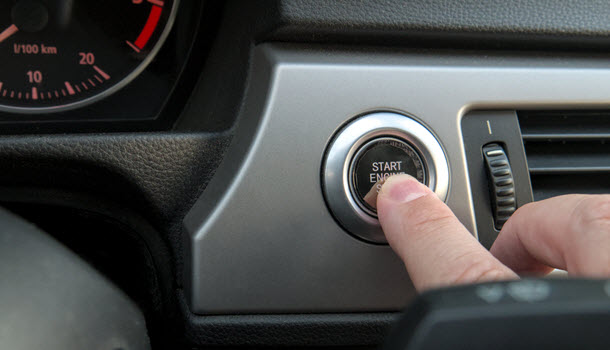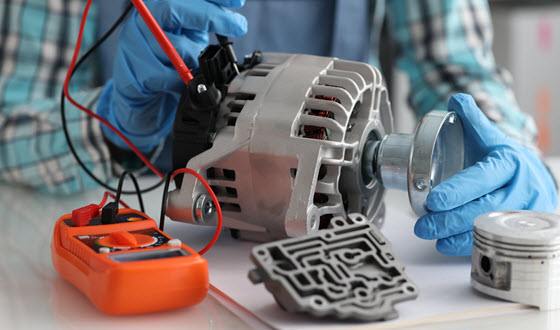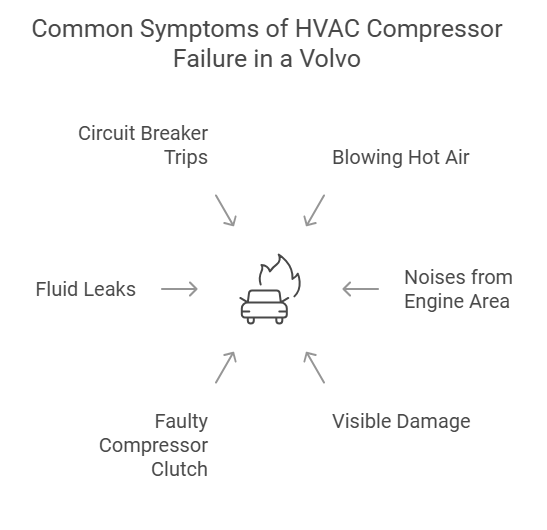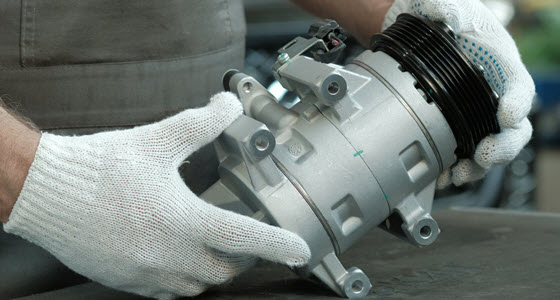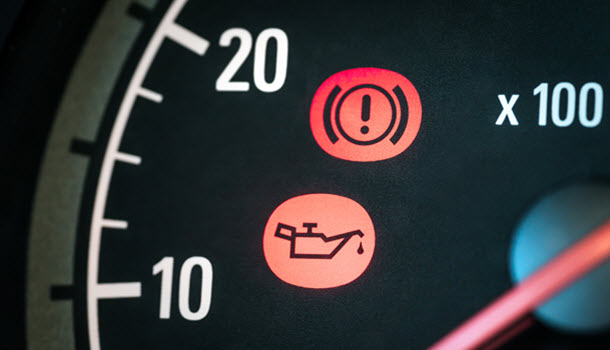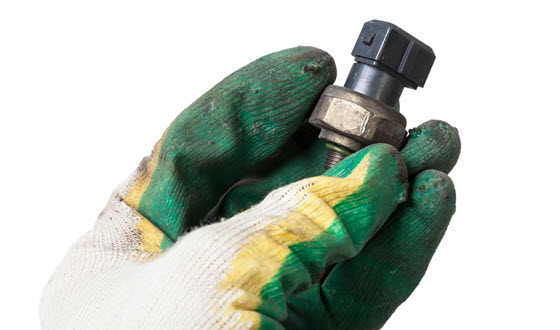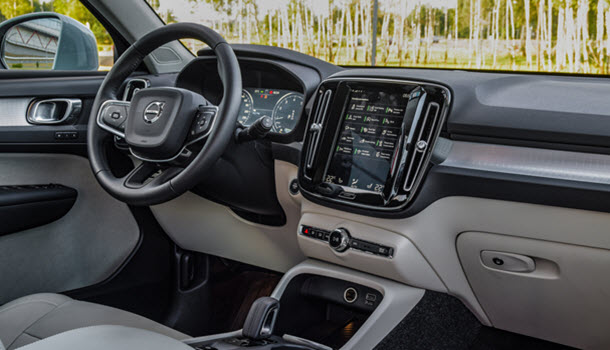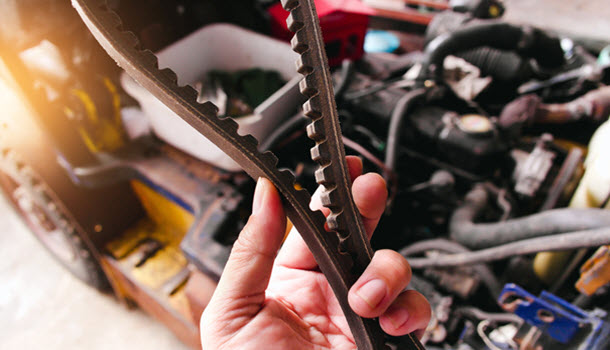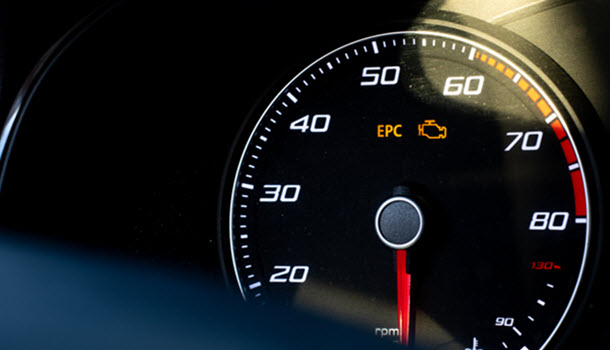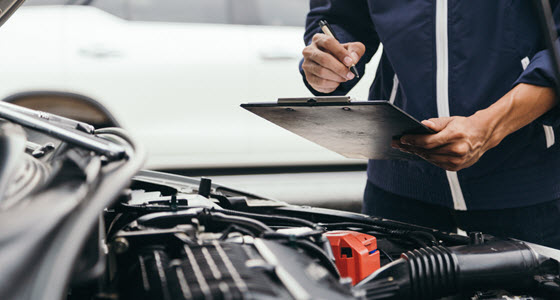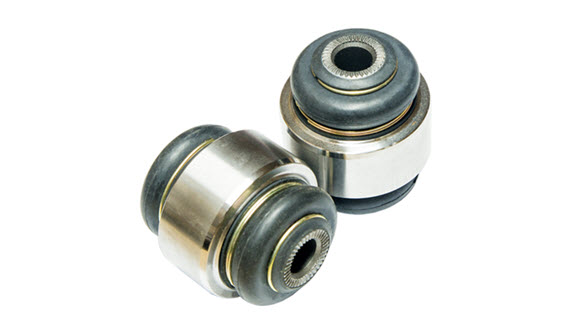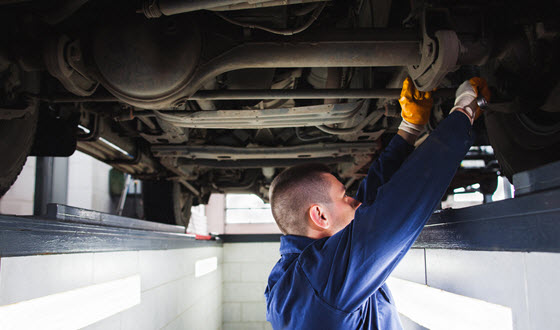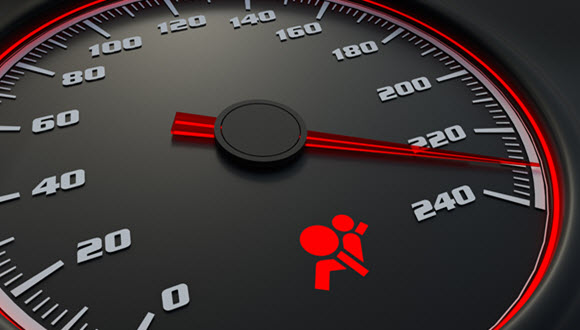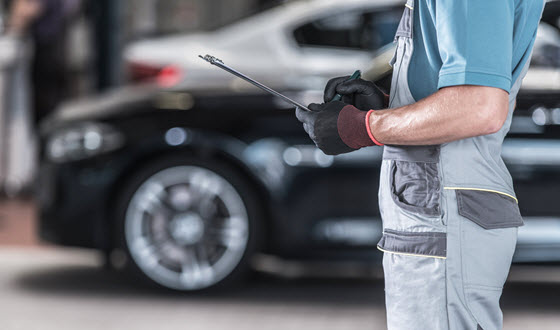Tips To Deal With Your Volvo’s Camshaft Position Sensor Issues
Posted on | 30 Aug 2025 By Anita Gaal
Volvo cars are smooth and reliable, but like any other car model, it is not immune to sensor issues. One common complaint that many Volvo owners have is a faulty camshaft position sensor. This sensor determines the position and speed of the camshaft of a Volvo and relays the information to the engine control unit which in turn uses the data to adjust the fuel injection system as well as the ignition system.
If it fails, your Volvo may suffer or even fail to start. It is advisable to fix a camshaft position sensor problem before it escalates into more serious problems that may be costly to repair. Here is how you will know that this sensor is faulty and what you can do about it.
Signs of a Failing Camshaft Position Sensor in a Volvo
- Check Light: When the camshaft position sensor is faulty, it is likely to turn on the check engine light. Wondering how this happens? Well, your Volvo’s computer system identifies the problem with the sensor and stores a diagnostic trouble code, for instance P0340 or P0341. This code can only be extracted and analyzed when you allow a professional mechanic to run a check on your vehicle with a scanner.
- Engine Stalling: Another common sign that there is something wrong with the camshaft sensor is random stalling of the engine or hesitation when accelerating. This is because the sensor fails in supplying the correct timing signal to the ECM and as a result the fuel injection and ignition timing is affected.
- Hard Starting or No-Start Condition: A camshaft sensor that is not doing its work can cause issues of hard starting or no starting at all. This is because the engine needs data from the camshaft so that it can know when to inject fuel and when to ignite the same. If the ECM does not receive this information, the engine may crank but it will not start.
How to Deal with a Failing Camshaft Position Sensor
- Check Codes: If you see that the check light is lit on your Volvo, all you need to do is just use an OBD-II code scanner to get the list of codes that are stored in the car’s computer. After scanning, if there is a code related to the camshaft sensor (for instance, P0340 or P0341), this means that the sensor is bad or the camshaft timing is off.
- Check the Sensor and Wiring: It is necessary to inspect the wiring harness, connectors, and location of the sensor before replacing it. Some of the common physical symptoms include damaged or worn wires, loose or corroded connectors and oil on the sensor. If you discover that there is a loose connection or wiring problem, replacing or fixing it could solve the problem without having to replace the sensor.
- Replace Sensor: Sometimes, the camshaft sensor could be dirty or covered in oil, in this case, you may have to clean it with an electronic contact cleaner. However, if the sensor is internally damaged or it is not sending the right signals to the engine, then the best thing is to replace the sensor.
- Address Oil Leaks: Another major cause of camshaft sensor failure is oil contamination so you need to check the valve cover gasket and camshaft seals for any signs of leakage. If an oil leak is spotted and addressed early enough, it will prevent future sensor issues.
- Fix Timing Issues: If the steps that were discussed above fail, then you might have to run a thorough check on the timing belt or timing chain of your Volvo. A certified mechanic should check the timing components and determine if they are in good condition or not.
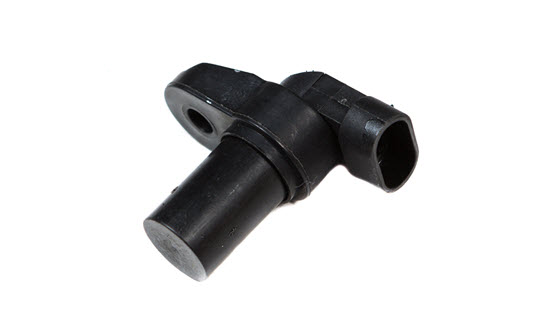
Call Euro Automotive Now For Volvo Assistance
If your Volvo has problems with the camshaft position sensor, it is advisable to take your car to a mechanic who deals with European cars. Euro Automotive has been in the auto service business for over two decades and has been providing Volvo repair services to car owners in Dallas, TX. We also cater for drivers in Arlington, Fort Worth and Garland in Texas.
Our shop has six full service bays to facilitate quick repair and maintenance services that will enable you to get back to your daily activities safely. We are a BBB accredited shop and are your best bet for the repair of Volvo automobiles. Visit us today for a professional diagnosis and servicing of your Volvo car.





